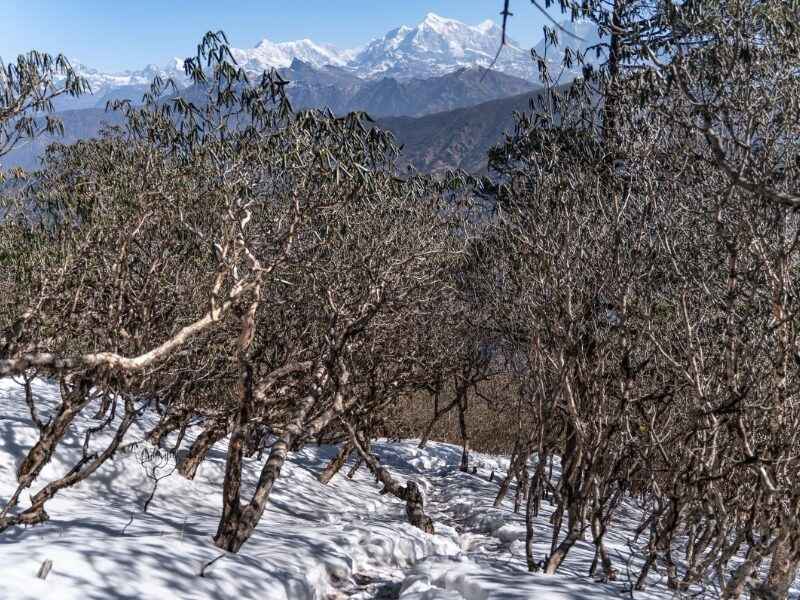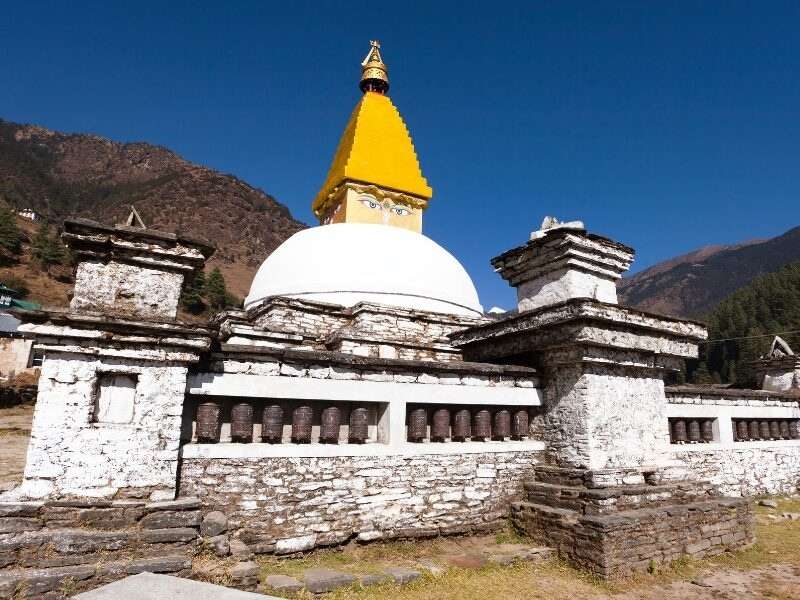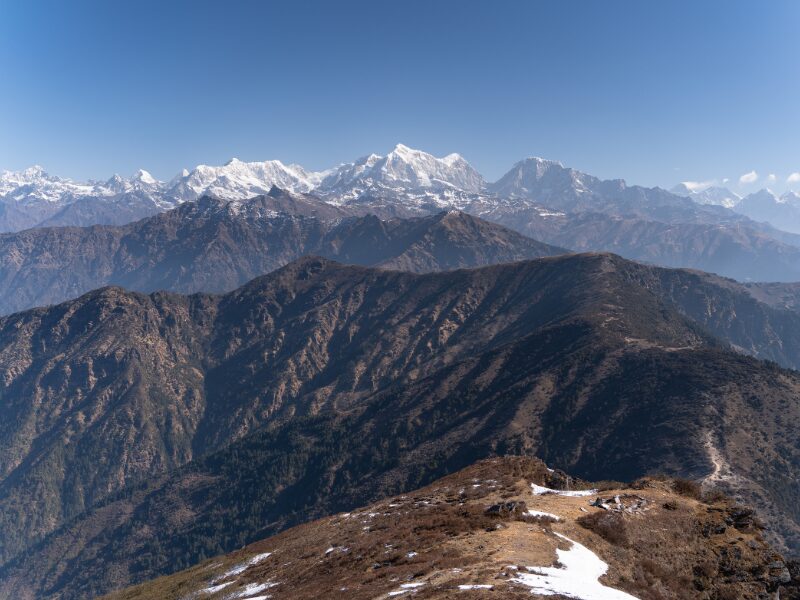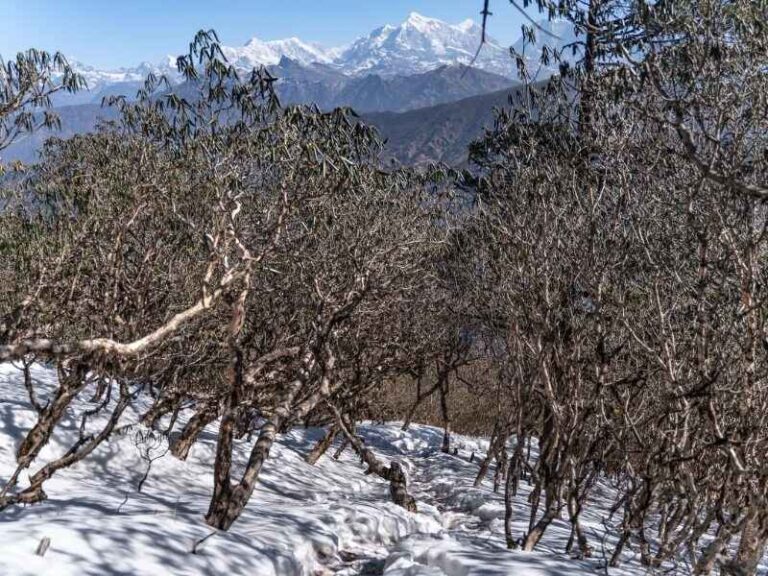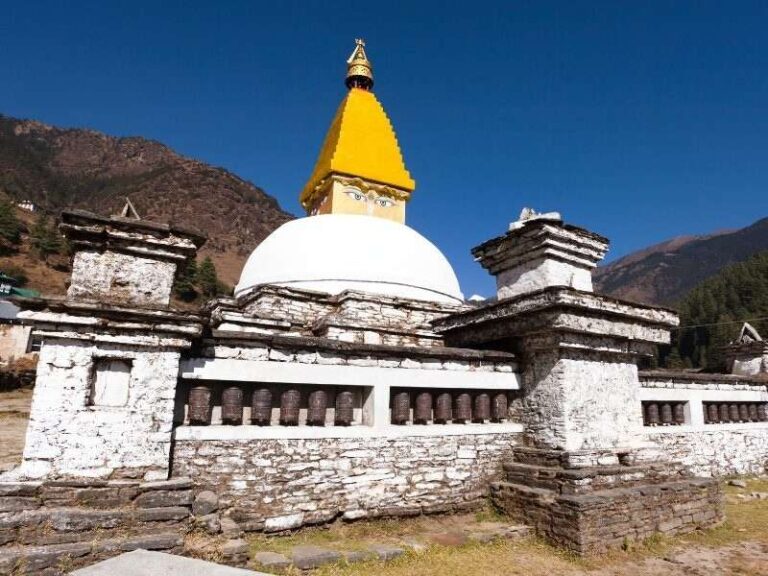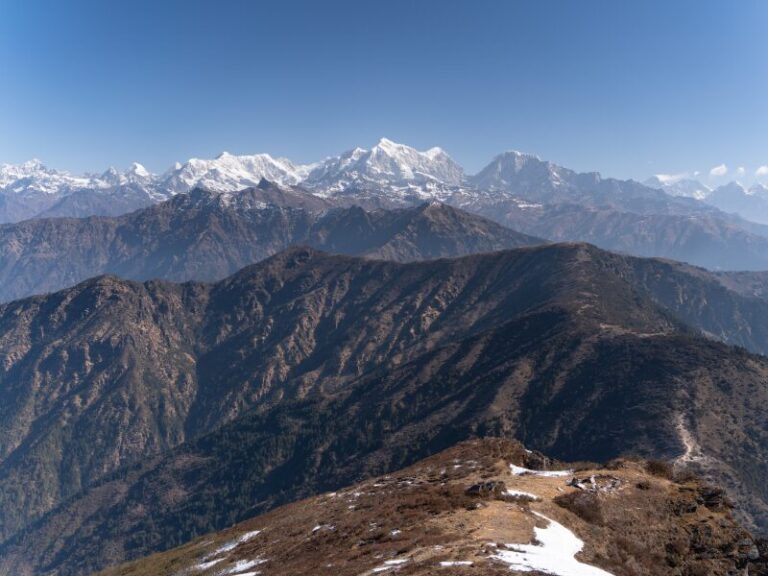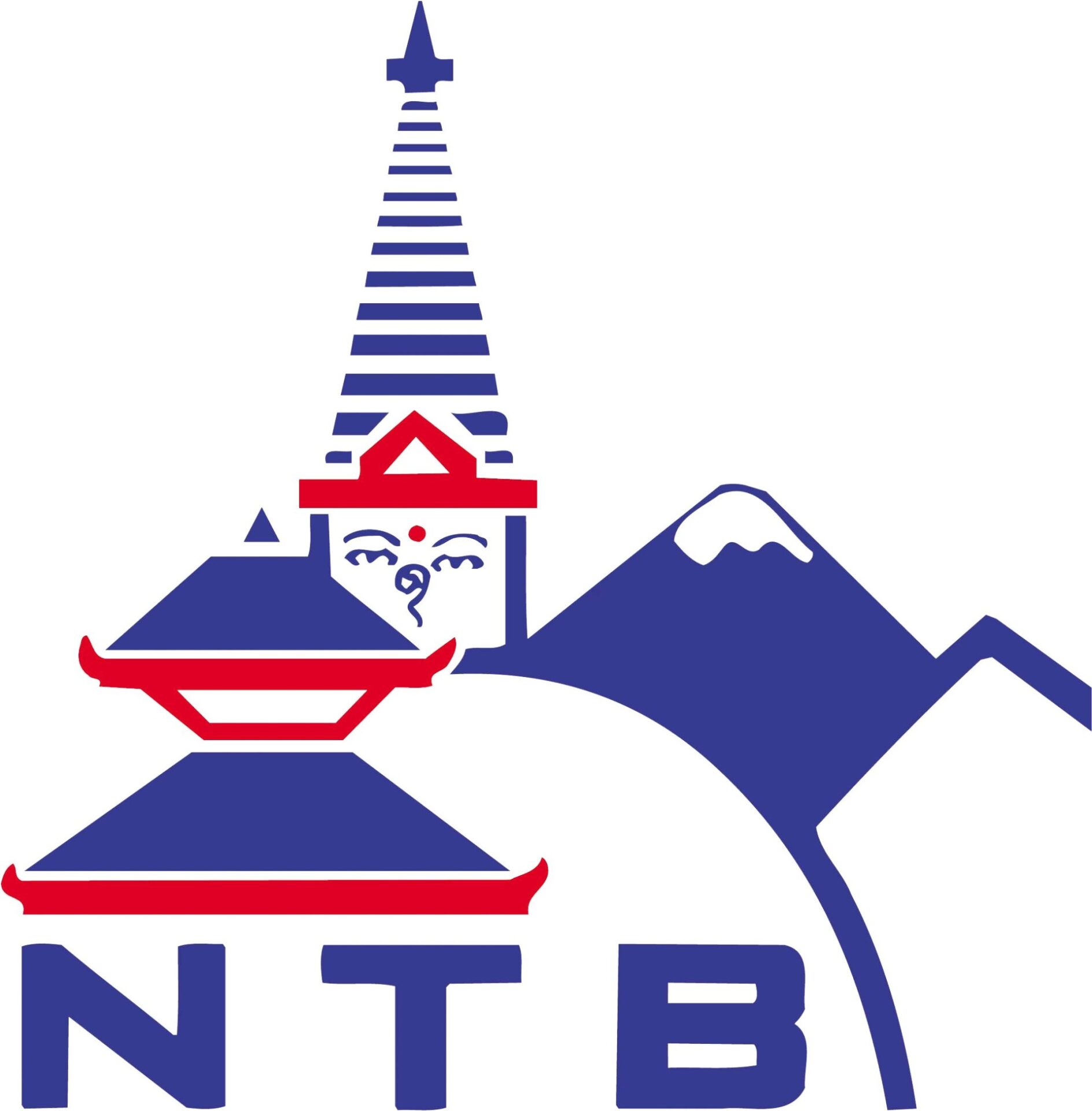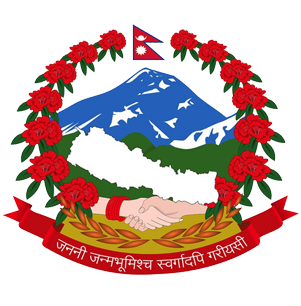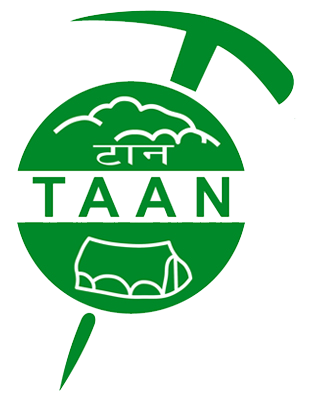Pikey Peak Trek
Pikey Peak Trek – Stunning Views of Everest & Makalu!!
Pikey Peak Trek (4065 m) is located in the Everest region of eastern Nepal. Positioned between the Khumbu and lower Solu regions, it offers panoramic views of the Himalayan ranges. Sunrise and sunset views over Everest and Makalu ranges are breathtaking from Pikey Peak. It provides vistas of Numbur Himal, Thamserku, Kanchenjunga, Gauri Shankar, Langtang, and Manasalu. The Peaky Peak Trek offers insights into the Sherpa community’s culture and lifestyle. You’ll encounter diverse flora and fauna, along with Himalayan monal birds.
Trip Overview
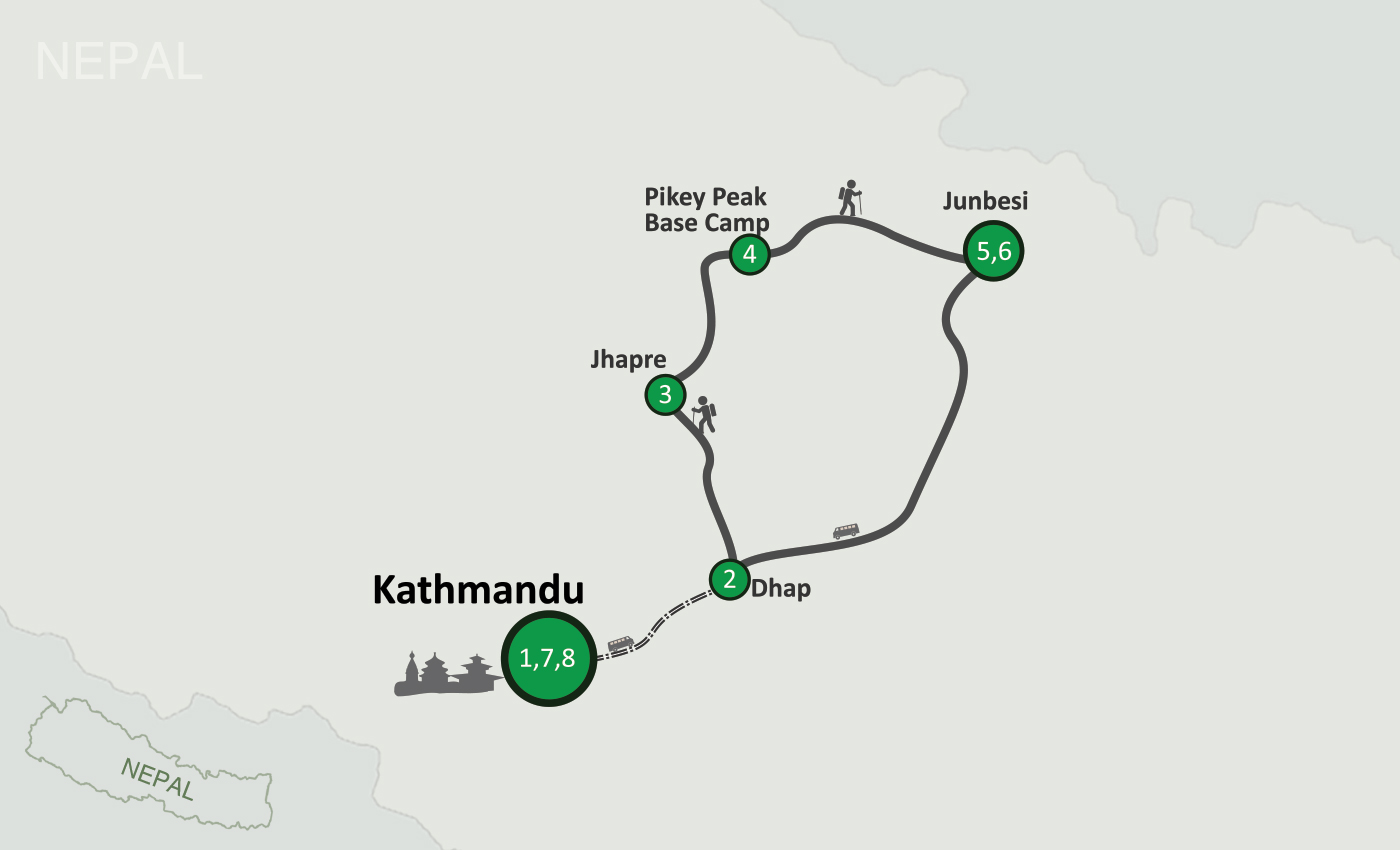
 Start: Kathmandu
Start: Kathmandu  End: Kathmandu
End: Kathmandu Outline Itinerary
Kathmandu (Arrival) – Transfer to Hotel (Private Transfer)
Kathmandu (1400m)Kathmandu – Dhap (Drive – Private Transfer)
Dhap (2850 m; 7 hrs)Dhap – Jhapre
Jhapre (2815 m; 4 hrs)Jhapre – Pikey Peak Base Camp
Pikey Peak Base Camp (3640 m; 5 hrs)Pikey Peak Base Camp – Pikey Peak - Junbesi
Pikey Peak (4065 m) Junbesi (2680 m; 6 hrs)Junbesi
Junbesi (2680 m)Junbesi – Kathmandu (Drive – Private Transfer)
Kathmandu (1400 m; 8 hrs)Kathmandu Departure
Price Inclusion
- Airport transfers (Domestic/ International) on a tourist vehicle
- Private tourist vehicle (Kathmandu to Dhape) (Junbesi to Kathmandu) or Domestic flight ticket (Phaplu to Kathmandu)
- Entire accommodation during the trek – 2 nights at hotel in Kathmandu, and 5 nights in lodges/guesthouse during trek to Pikey Peak
- Hotel Breakfast during the stay at Kathmandu
- Experienced, government licensed, English-speaking or another language trekking guide
- All necessary permits for Sagarmatha National Park and TIMS (Trekkers’ Information Management System)
- All government taxes and administrative expenses
- Local staff insurances
Price Exclusion
- International flight tickets and Nepal Entry Visa
- Personal travel insurance
- Any expenses of a personnel nature, e.g., telephone calls, laundry, table drinks, etc.
- Any Tips to Guides, Drivers, and Trekking Staffs
- Any entrance fees for cameras and video cameras at the monuments
- Any other services not mentioned above
- Cost of any emergency evacuation, strikes, etc.
Detail Itinerary
Expand AllKathmandu (Arrival) – Transfer to Hotel (Private Transfer)
Upon arrival in Kathmandu, the capital city of Nepal, our representative will be waiting at the airport for your welcome. Then board a private vehicle and be transferred to your hotel. Check into your hotel and rest after your journey. There will be a briefing session about your Pikey Peak Trek.
Depending on your arrival time, you may have the opportunity to explore ancient temples and vibrant markets and experience the unique atmosphere of Nepalese urban life.
Kathmandu – Dhap (Drive – Private Transfer)
After having breakfast, you will start your journey by driving to Dhap. The route traces the Sunkoshi River, which merges with the Tama Koshi River a little way into our trip, creating the large Koshi River until it reaches Ghurmi. The ride to Dhap takes around 7 hours through picturesque landscapes, charming villages, and dense forests of rhododendron. After crossing several settlements, you will reach Dhap, a traditional Sherpa village.
Dhap – Jhapre
The Pikey Peak Trek starts on foot. Today, you will follow the trail along the dusty road towards Sigane. The trail passes through the rhododendron forests, crosses suspension bridges over glistening rivers, and offers glimpses of the Himalayan peaks. Upon reaching Jhapre, another sherpa village, you can have a clear view of both the Numbur Himal and Mount Everest (8848 m).
Jhapre – Pikey Peak Base Camp
You will continue your Pikey Peak Trek to Base Camp by ascending to Bhulbule. From here, the trail becomes steeper and passes through alpine meadows and yak pastures, offering stunning views of the surrounding mountains. Then, you will cross the long Mani wall and ascend Pikey Base Camp via a difficult path. You can also visit the Yak Cheese Factory, where we can taste the delicious cheese while looking at the incredible views of the majestic mountains that surround the valley.
Pikey Peak Base Camp – Pikey Peak - Junbesi
Early in the morning, you will hike to Pikey Peak for a breathtaking sunrise over the Himalayas. From the top of Pikey Peak, you can witness the incredible views of Mt. Everest, Number Himal, Mt. Thamserku, Mt. Makalu, Mt. Kanchenjunga, Mt. Manaslu, Gaurishankar Himal, Dorje Lakpa, and Mt. Langtang. After witnessing the panoramic views from the top, you will descend back to base camp for breakfast and move towards Junbesi. The trail towards Junbesi crosses various mani walls and chortens with stunning views of Number Himal.
Junbesi
You will explore the Junbsei and experience the unique culture and tradition of the Sherpa community. You can hike to Thuptenchholing Gompa, which was established in the 19th century. The gompa provides deep insights into the culture and religious heritage of the region. You can also explore the surrounding village and learn about their culture and lifestyle.
Junbesi – Kathmandu (Drive – Private Transfer)
After exploring Junbesi, you will drive to Kathmandu via a private vehicle. The ride takes you through picturesque landscapes, charming villages, and dense forests of rhododendron. Then you will trace the route of the Sub-Koshi River to reach Kathmandu. The drive takes about 8 hours. After reaching Kathmandu, you will be escorted towards the hotel and rest.
Or
Junbesi – Phaplu (Drive – Private Transfer) – Kathmandu (Fly– flight Transfer)
After exploring Junbesi, you will drive to Phaplu Airport via a private vehicle. You will have your morning flight to Kathmandu, with its scenic views of the Himalayan ranges. After reaching Kathmandu, you will be escorted towards the hotel, where you can spend the rest of the day relaxing or exploring the local areas.
Kathmandu Departure
Your Pikey Peak Trek ends today.
Depending on your flight schedule, our representative will escort you towards the airport. Before your fight schedule starts, you may have some free time in Kathmandu for last-minute shopping or sightseeing.
Why you'll love this trip
- Stunning panoramic views of some of the world’s highest peaks, including Mount Everest, Makalu, Kanchenjunga, Lhotse, and many others
- Breathtaking sunrise and sunset views from Pikey Peak
- Opportunity to experience the rich culture and hospitality of the Sherpa Community
- Explore the diverse flora and fauna of the region
- Visit the Yak Cheese Factory
- Explore an old Gompa, Thuptenchholing Gompa
When To Visit
The best time to start the Pikey Peak Trek is during the spring season, from March to May, and the autumn season, from September to November. These times of year are perfect for trekking because of the generally stable weather, clear skies, and pleasant temperatures. The breathtaking views of the surrounding peaks, including Mount Everest, are most spectacular during these months, and the rhododendron blooms in spring add an extra touch of beauty to the landscape. The monsoon season (June to August) is the best time to avoid it due to the likelihood of heavy rains and potential damage to the trekking trails.

Cannot see your date or not satisfied with the itinerary? We may be able to add new trip dates.
Contact UsElevation Chart
Trip Gallery
FAQs for Pikey Peak Trek
How difficult is the Pikey Peak trek?
The Pikey Peak trek is considered moderate in difficulty, making it suitable for trekkers with a reasonable level of fitness. The trail is well-marked, and the pace can be adjusted according to the group’s preferences.
What kind of accommodation is available during the trek?
Accommodations along the Pikey Peak Trek route range from teahouses to basic lodges. The facilities are simple, with shared rooms and common dining areas. It’s advisable to bring a sleeping bag for added comfort.
How was the weather during the trek?
Weather conditions can vary, but during the recommended trekking seasons, the days are generally mild with clear skies, while nights can be cold. It’s essential to pack accordingly with layers.
Is it necessary to hire a guide and porter for the trek?
While it’s not mandatory to hire a guide or porter, having them can enhance the trekking experience. A guide can provide local insights, navigate trails, and assist in emergencies. A porter can help carry your backpack, allowing you to focus on enjoying the trek.

